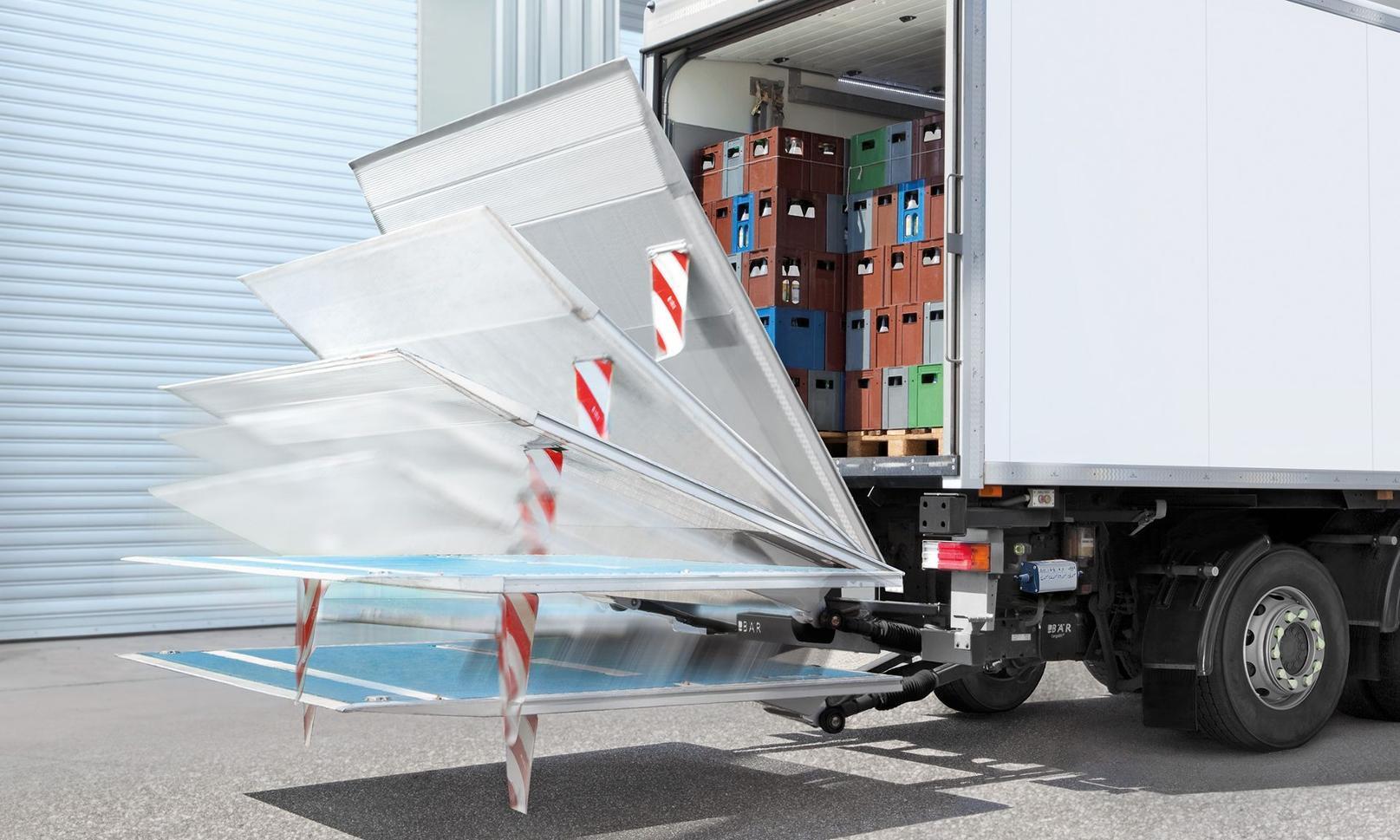Our Products
Our Products
Industries
Industries
Services
Services
Unlock the value of your SAP Systems with the SAP Cloud hosting services
Contact us




